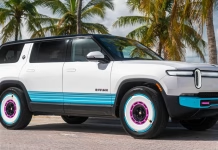Jaguar Land Rover Halts Production After Global IT Outage Disrupts Factories

Tesla’s New Master Plan Promises Big Dreams but Delivers Few Details

Why Spirit Faced Bankruptcy Twice in a Single Year

Rivian Unveils Vibrant 80s-Inspired R1S to Celebrate Miami Store Launch
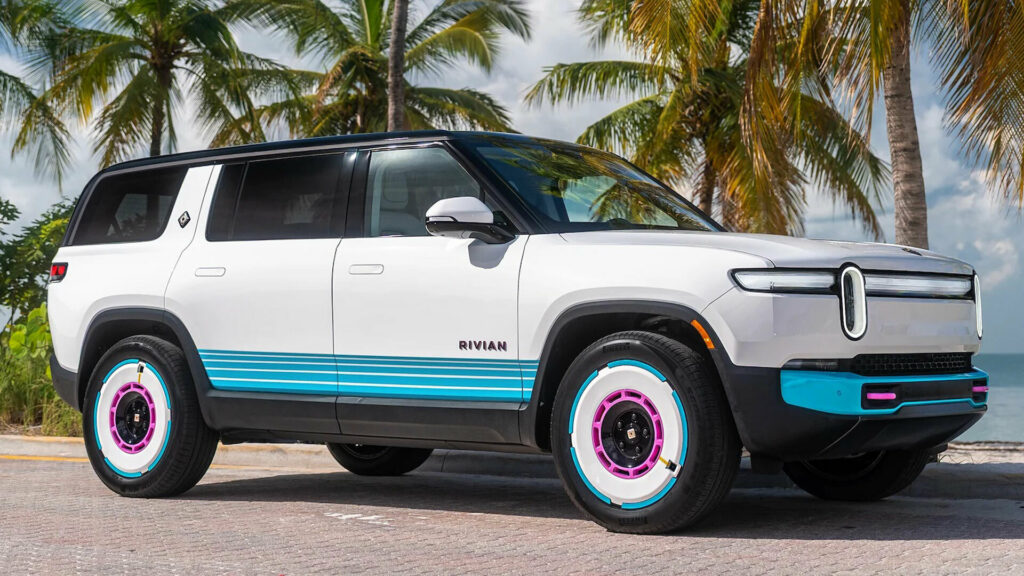
Mercedes EQE Saloon and SUV to End Production in 2026 as Next-Gen Electric Models...
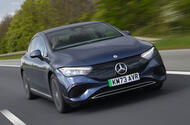 C-Class EV and GLC EQ, due next year, will indirectly fill the gap left by the EQE's cancellation
C-Class EV and GLC EQ, due next year, will indirectly fill the gap left by the EQE's cancellation
Mercedes-Benz plans to end production of the EQE saloon and EQE SUV in 2026 as part of a realignment of its electric cars.
The decision follows internal reassessments of new electric model introductions and subsequent overlap within the German car maker’s line-up.
The EQE saloon, currently produced at Mercedes' factory in Bremen, Germany, and the EQE SUV, built in Tuscaloosa in the US, will be indirectly replaced by the electric C-Class EQ and GLC EQ, both based on Mercedes' new 800V MB.EA-M platform. They are claimed to offer improved packaging, enhanced practicality and a similar level of chassis technology to their EQE siblings.
The move comes despite earlier signals that the two EQEs would receive a mid-life facelift next year amid a significant upgrade to their EVA platform, shared with the larger EQS models. Among the upgrades is a boost from the current 400V to a new 800V electric architecture, a silicon-carbide inverter and Mercedes' latest-spec eATS2 electric motors, for added performance and efficiency. Autocar has been told these upgrades are still planned, but only for the larger EQS saloon and EQS SUV.
The C-Class EQ saloon, due in 2026, will bridge the gap to the EQE saloon in terms of its technology, including options such as air suspension and rear-axle steering.
The upcoming GLC EQ, set to make its debut at this month's 2025 Munich motor show, offers 570 litres of boot space and an additional 128 litres in a frunk, comfortably exceeding the EQE SUV’s 520-litre capacity. It also has a towing capcity of up to 2500kg.
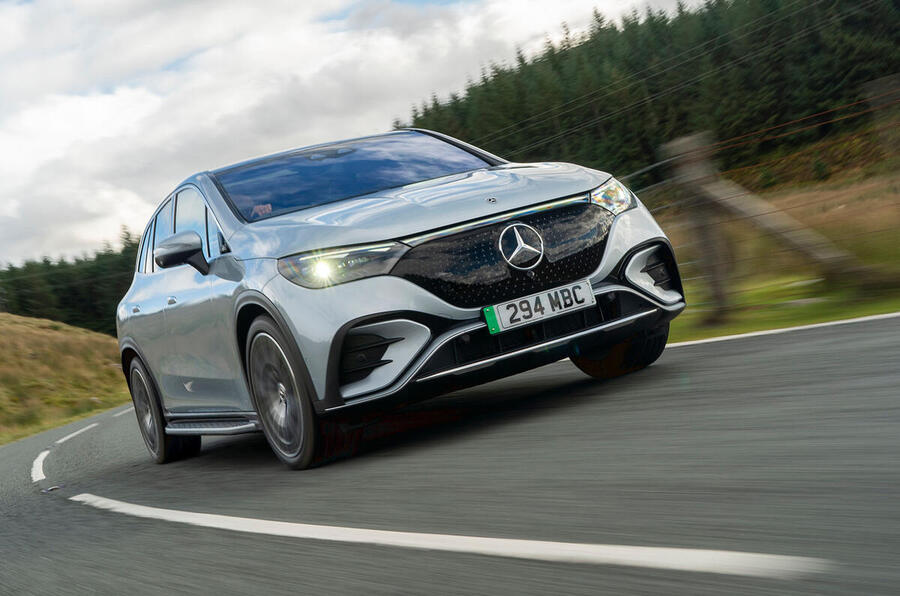
Mercedes has yet to officially confirm production of the EQE will end in 2026, with a spokesperson saying the company has “a policy of not commenting on speculation surrounding its current and future models”.
However, the same spokesperson did confirm the successor model to the EQE saloon, the electric-powered E-Class EQ saloon, is under development and planned for introduction in 2027. It is based on the same MB.EA-M platform as the C-Class EQ and GLC EQ.
Mercedes has continuously updated the EQE saloon and SUV since their introduction in 2022, including hardware improvements such as a heat pump, a disconnect unit for the front-mounted engine on four-wheel-drive 4Matic models to allow rear-wheel-drive operation in certain driving conditions, an upgrade extending the energy capacity of their largest battery 96kWh and, more recently, a performance increase across several models.
But with no remaining platform or packaging advantages over the incoming electric C-Class EQ and and GLC EQ, Mercedes has opted not to invest further in them. The move also gives Mercedes time to retool its factories for the arrival of the E-Class EQ in 2027.
California Nixes Classic Car Smog Exemption as Federal Emissions Battle Looms
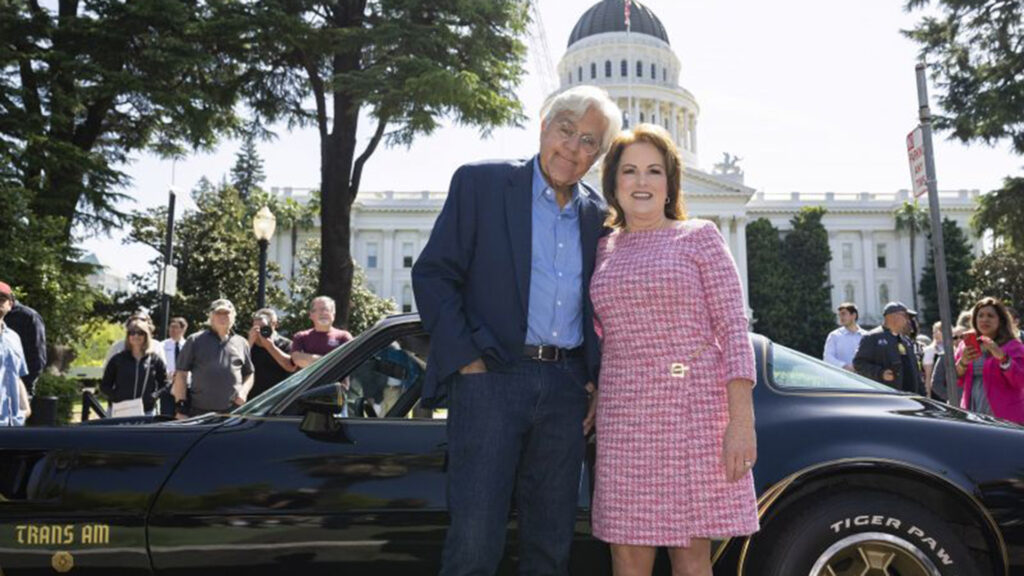
Mini Unveils Striking JCW Concepts Blending Racing Spirit with Surf and Fashion Influences
 Fashion, motorsport and surfing inspire patchwork pair
Fashion, motorsport and surfing inspire patchwork pair
Mini has signalled its renewed interest in high-performance models with a new pair of stripped-out John Cooper Works concept cars.
Named The Skeg and The Machina, they are based on the electric and petrol Cooper JCW hatchbacks and have been developed with clothing firm Deus ex Machina. They draw on the firm’s histories in fashion and motorsport.
While neither will make production, they are the first cranked up Mini JCW models since the GP went out of production with the last-generation hatch in 2023.
The Skeg draws on surfing culture. It receives new bodywork made from fibreglass – the same material as high-quality surfboards – that is claimed to cut 15% of its 1725kg kerb weight.
New elements also give the Cooper a meaner look, including a front splitter, chunky arch extensions and a large rear spoiler.
Its interior is stripped back to the bare essentials, losing its roof lining and rear seats. The cloth door cards are replaced with singlepiece fibreglass items and the front seats are replaced with a pair of racing-style buckets.
Mini has yet to detail any increases in the car’s power or torque, but the standard electric JCW’s front-mounted motor puts out 255bhp and 258lb ft. That's enough to get from 0-62mph in 5.9sec, and the reduction in weight yielded by The Skeg’s modifications (to around 1470kg) should bring a significant improvement on this time.
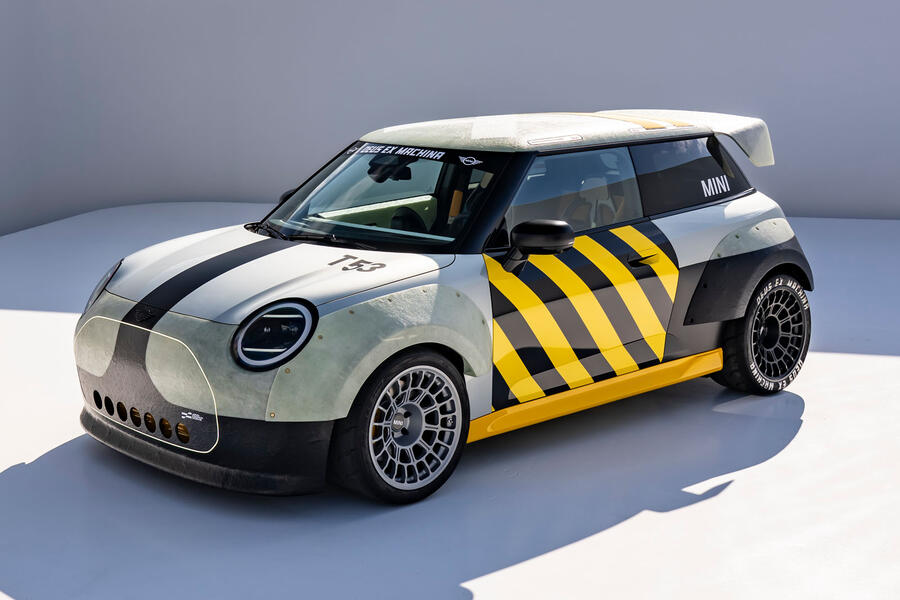
The Machina, meanwhile, is inspired by Mini’s racing heritage. The light pod mounted on the bonnet references the brand’s storied past in rallying, for example, while the rear diffuser is inspired by that fitted to Mini’s most recent Nürburgring 24 Hours racer.
There is also a larger rear spoiler that takes its cues from other makers' radical Can-Am racers of the 1970s.
Inside, it is even more minimal than The Skeg, swapping three-point seatbelts for racing-spec harnesses and its rear seats for a strut brace, while its door cards are removed entirely.
Mini Unleashes Wild One-Offs with Racing and Surf-Inspired Flair
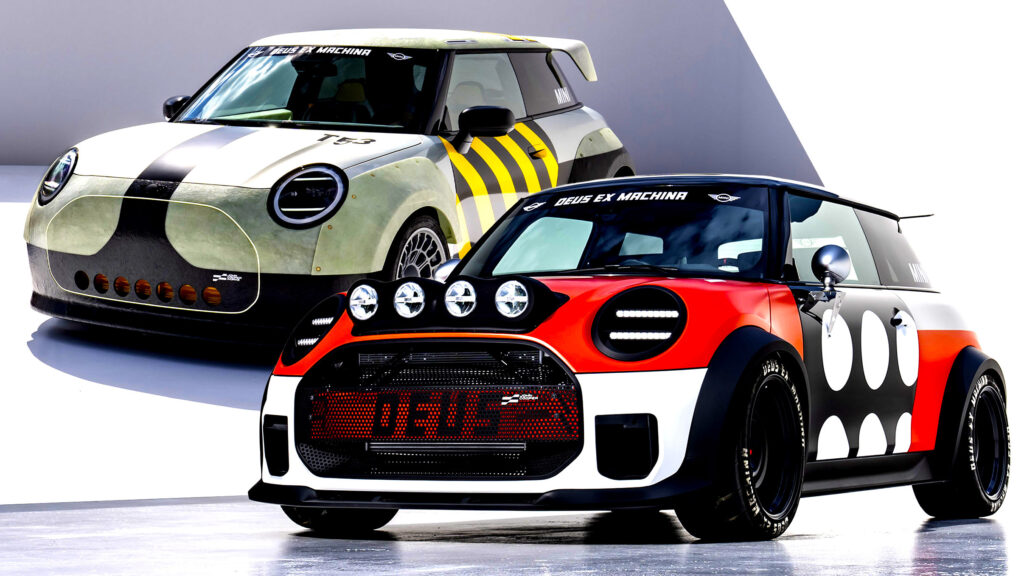
Skoda Kodiaq and Elroq Dominate 2025 Tow Car Awards With Unmatched Towing Power and...
 If you’re in the market for a great tow car, look no further than the Skoda Kodiaq and Skoda Elroq
If you’re in the market for a great tow car, look no further than the Skoda Kodiaq and Skoda Elroq
In recent years, Skoda has drawn on its unique Simply Clever philosophy to build an extensive range of brilliantly capable, well-rounded cars that suit just about every family and lifestyle.
You only have to look at the Czech manufacturer’s collection of four- and five-star Autocar reviews for a sense of the sheer breadth and depth of its lineup.
And now, at the 2025 Tow Car Awards, Skoda has added two more accolades to its already impressive list of achievements: the Skoda Kodiaq was been named Overall Winner, while the all-electric Skoda Elroq scooped the title of Best Electric Tow Car (up to 1200kg)*.
Learn more about the Skoda range
Skoda Kodiaq: Overall Winner
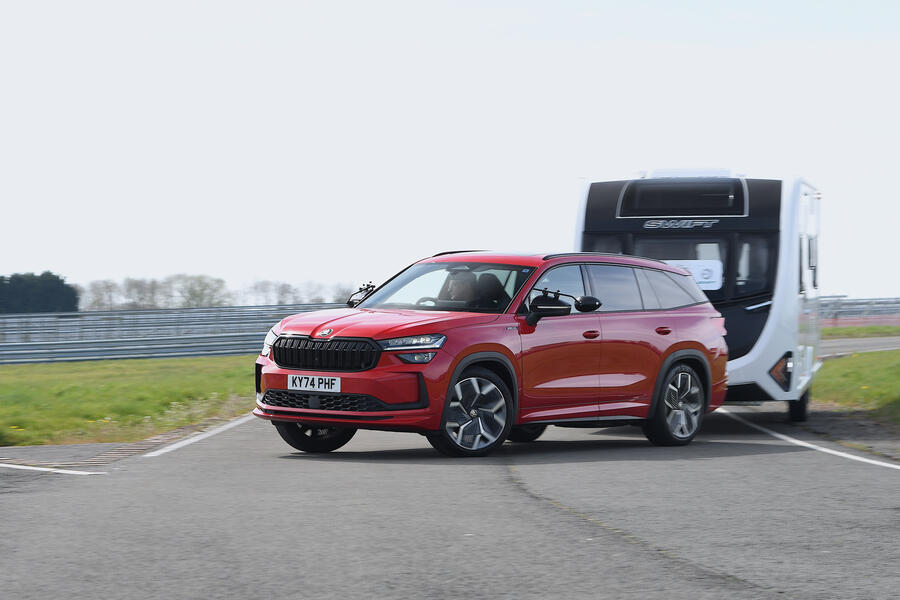
As Skoda’s largest SUV, the Kodiaq has the size, weight and road holding that every great tow car needs.
What Car?’s judges were impressed with the Kodiaq’s rock-solid towing stability, refined yet strong 2.0-litre diesel engine, and practical seven-seat layout.
They also praised its confidence-inspiring four-wheel drive system and overall value for money, with the Kodiaq undercutting much pricier rivals with little compromise on comfort, tech or driving fun.
Rating:Towing 5/5Solo driving 5/5Practicality 4/5Buying and owning 5/5Overall 5/5
Learn more about the Skoda Kodiaq
Skoda Elroq: Best Electric Tow Car (up to 1200kg)
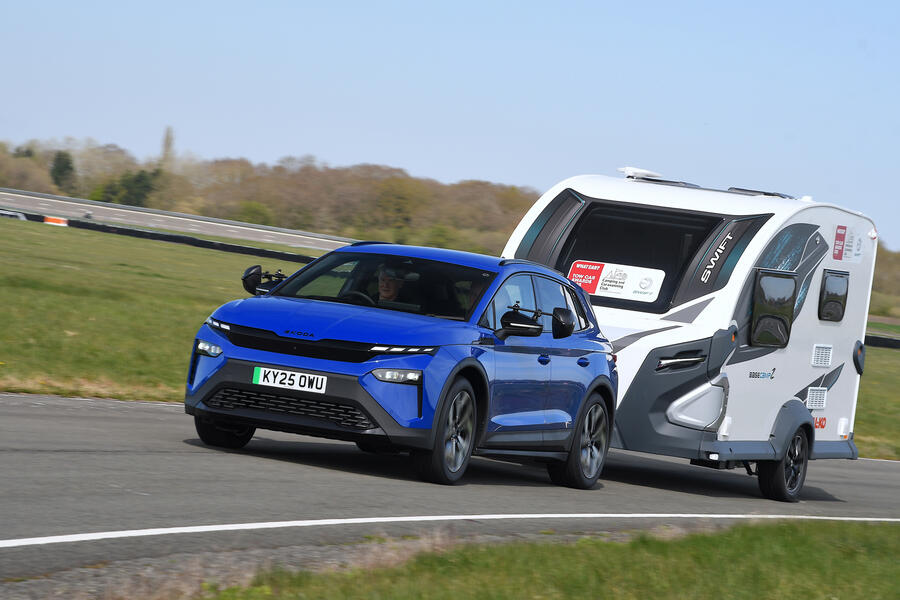
The Skoda Elroq was a true gamechanger when it launched in 2024, with it proving so impressive that What Car? named it the Best Small Electric SUV at the 2025 What Car? Awards.
The Tow Car panel commended the Elroq’s exemplary stability while towing a small caravan, impressive performance figures – 282bhp and 545Nm in ‘85’ spec – and mighty stopping power.
Other highlights include the Elroq’s comfort and handling prowess, long pure electric range (up to 356 miles WLTP combined) and clever storage solutions.
Rating:Towing 4/5Solo driving 5/5Practicality 3/5 Buying and owning 5/5Overall 4/5
Learn more about the Skoda Elroq
*vRS trim only. SE, SE L, Edition and Sportline trims have maximum towing capacity of 1000kg.






